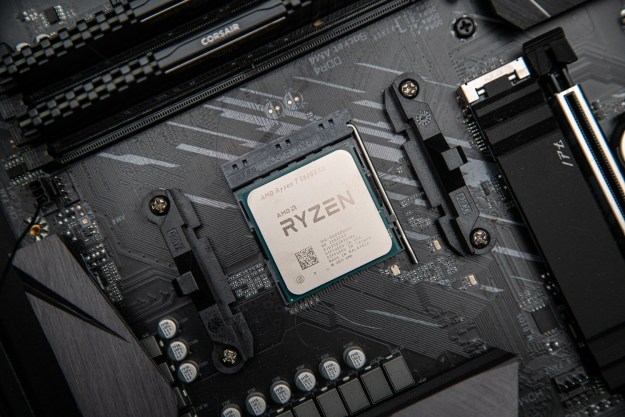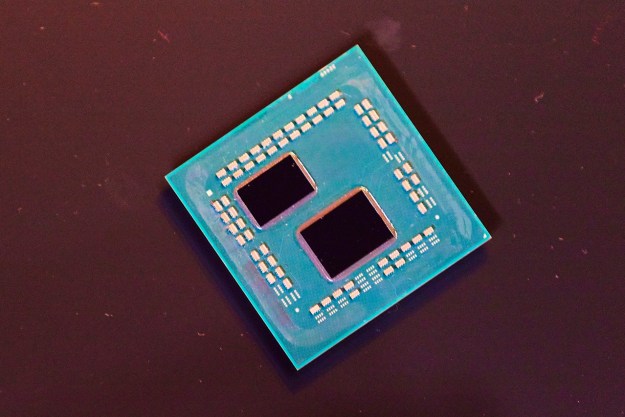Scott DeBoer, vice president of Micron, made this revelation during an analyst meeting in Scottsdale, Arizona, indicating that 3D XPoint technology aims to increase storage capacity while reducing data latency and end-user cost though DIMM modules and solid-state drives. But those products will not be made available for a while, giving Intel a big leap ahead of Micron in regard to market saturation with 3D XPoint-based products.
That is because Micron indicated in a recent earnings call that the company would see very little revenue from products based on this technology in fiscal 2017. Instead, Micron expects to see five percent of its revenue in fiscal 2018 stemming from its currently unannounced 3D XPoint-based QuantX devices.
During CES 2017, Intel revealed two Optane stick-shaped SSDs that slip into M.2 slots on motherboards. The modules only had 16GB and 32GB capacities, meaning they would be used to provide SSD-like performance in systems that still rely on clunky hard drives. These sticks can also be mounted on a special PCI Express card that is installed in a system like a graphics card.
A system with an installed Optane storage device becomes faster because the most-used files are stored in the 3D XPoint memory while all the other data resides on the hard drive. The big deal with 3D XPoint memory is that it is supposedly 1,000 times faster than NAND flash technology and 1,000 times more reliable too. Even more, 3D XPoint is around half the cost of DRAM.
3D XPoint technology is different than standard NAND flash technology in that it stacks memory cells vertically instead of horizontally. It doesn’t rely on transistors but instead consists of a “three-dimensional checkerboard” featuring memory cells that sit at the intersection of rows (word lines) and columns (bit lines). This enables memory cells to be accessed directly, which contain small amounts of data that can be quickly read and written.
“Perpendicular conductors connect 128 billion densely packed memory cells,” Micron states. “Each memory cell stores a single bit of data. This compact structure results in high performance and high density.”
In a nutshell, Intel and Micron have created memory technology that is fast like system memory (DRAM), has the storage capability of SSDs (non-volatile), and is highly inexpensive. It is a marriage of two memory classes that provides 10 times more storage density than traditional DRAM. It also eliminates the data flow bottleneck created within the CPU/DRAM/storage pathway, speeding up the system.
Micron will likely talk more about its QuantX products later in 2017 during Computex and/or CeBIT.
Editors' Recommendations
- Nice try, Intel, but AMD 3D V-Cache chips still win
- 3D printed cheesecake? Inside the culinary quest to make a Star Trek food replicator
- AMD may have just leaked the Ryzen 9 7950X3D release date
- AMD, please don’t make the same mistake with the Ryzen 7 7700X3D
- AMD 7000X3D V-Cache CPUs could challenge Intel at CES 2023


